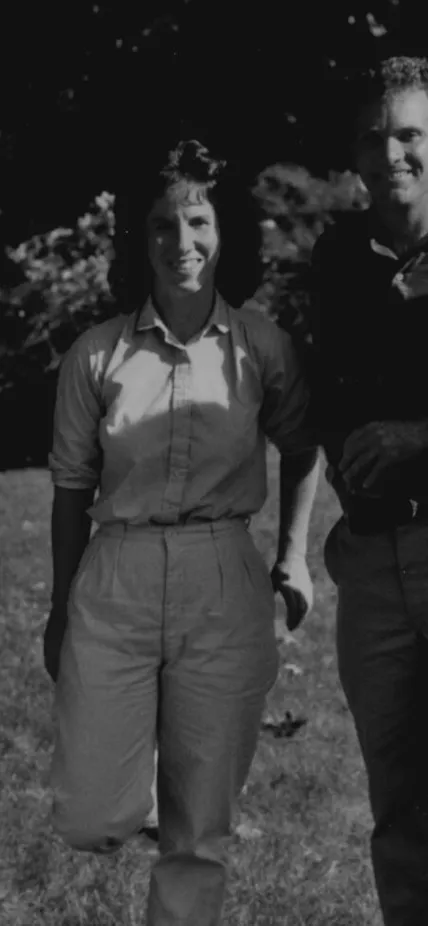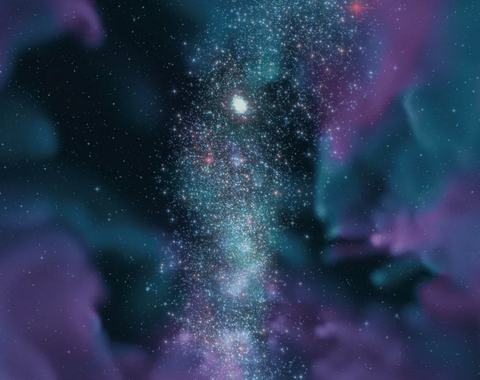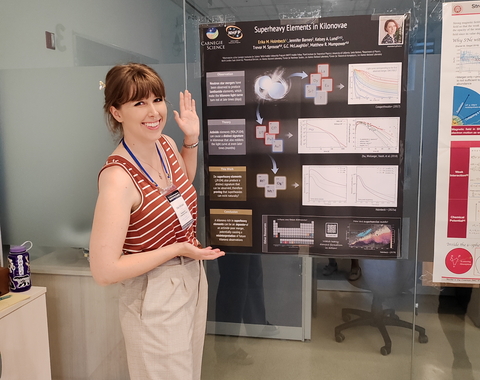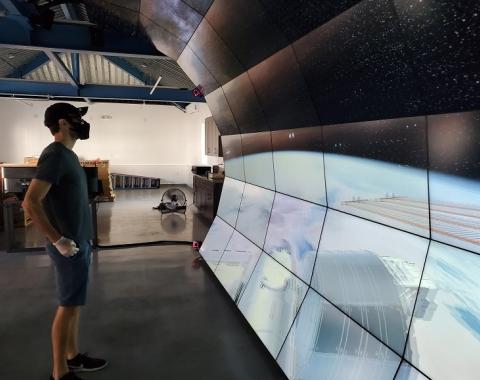World-leading mineralogist, crystallographer, and crystal chemist Charlie Prewitt, the fifth Director of Carnegie’s former Geophysical Laboratory, died peacefully at his home in Arizona on April 28, 2022, with his beloved wife, Gretchen, at his side. He was 89.
Prewitt’s distinguished career, which spanned more than half a century, was notable for his wide-ranging interests in fundamental crystallography, mineral sciences, and mineral physics. He remained active until his final days as an adjunct faculty member at the University of Arizona, where he collaborated with former Geophysical Lab Predoc and Postdoc, Robert Downs.
Prewitt’s tenure as Director began in 1986 when he was hired from a crystallography professorial position at Stony Brook University, where he had built a preeminent program in crystal chemistry and high-pressure research. His years at Stony Brook were distinguished by his development of strong international ties amongst the nascent “mineral physics” community.
Under his leadership at the Geophysical Lab, the department relocated from its longtime facility on Upton Street to the Broad Branch Road campus it shared with Carnegie’s Department of Terrestrial Magnetism until their merger as the Earth and Planets Laboratory in 2019.
Charlie inspired and supported new research programs in high-pressure mineral physics and astrobiology, and he also launched the NSF-sponsored Center for High-Pressure Research (ChiPR), a collaboration with Stony Brook and Princeton University and the forerunner of the COMPRES consortium that is still active today.
Staff scientist Robert Hazen recalls Prewitt’s nurturing approach to the Directorship,
“Charlie was always looking for ways to help his colleagues, stopping by offices, asking ‘Is there anything you need?’”
“I vividly remember the time in 1996 when I went (with some trepidation) to Charlie to tell him I was switching from crystallography (his first scientific love) to try the untested field of astrobiology. Instead of trying to change my mind, he provided thousands of dollars in start-up funding—resources that led directly to Carnegie’s 15-year involvement in the new NASA Astrobiology Institute.”
Prewitt received his undergraduate degree in geology from M.I.T. where he remained to study for his Ph.D. in crystallography with Martin Buerger, which focused on determining the crystal structures of wollastonite and pectolite.
After his doctorate, Charlie joined DuPont as a research scientist where, in collaboration with Bob Shannon, he developed the concept of effective ionic radii that still underpins modern crystal-chemical systematics. Their landmark 1969 paper, “Effective ionic radii in oxides and fluorides,” has been cited nearly 10,000 times.
“Charlie’s legacy lives on today in the multitude of mineral scientists with whom he worked, mentored, and inspired over his tremendous career,” said Earth and Planets Laboratory Director Michael Walter.
Staff Scientist Ron Cohen notes, “Charlie Prewitt is one of the most important mentors of my career. Working under Charlie was a dream, and I spent many wonderful hours talking science on long plane flights, on long bus trips, and at the lab. I will always think fondly of Charlie, and about how one person can make such a difference in so many lives.”
“Charlie made expanding research in high-pressure mineral physics at the Geophysical Lab a high priority during his tenure. The rising visibility and influence of the lab in the community are testimony to his vision and management style. We will always remember his infectious smile and calm demeanor," said Staff Scientist Yingwei Fei.
Beyond his scientific strengths, Prewitt was known as a gentle, caring, and generous individual, who always put the interests of those around him ahead of his own.
He was cherished by all those who were lucky to know him, and he will be sadly missed.



